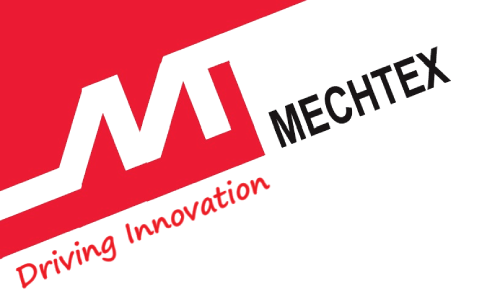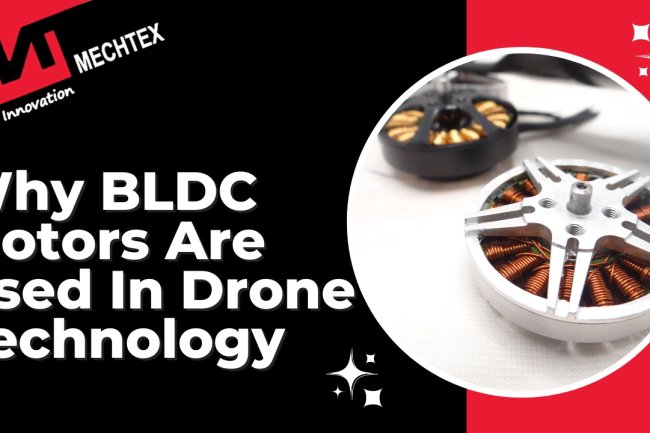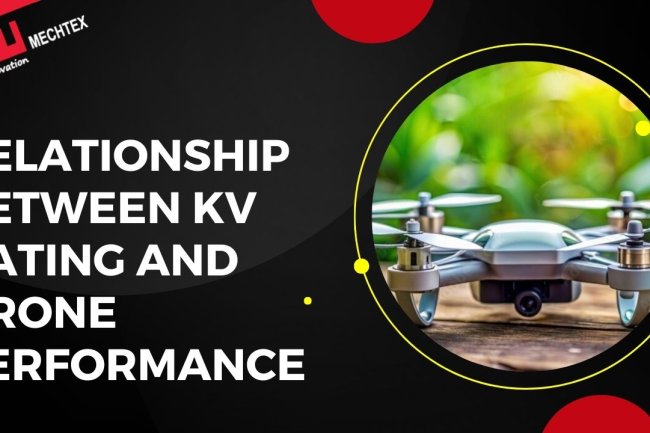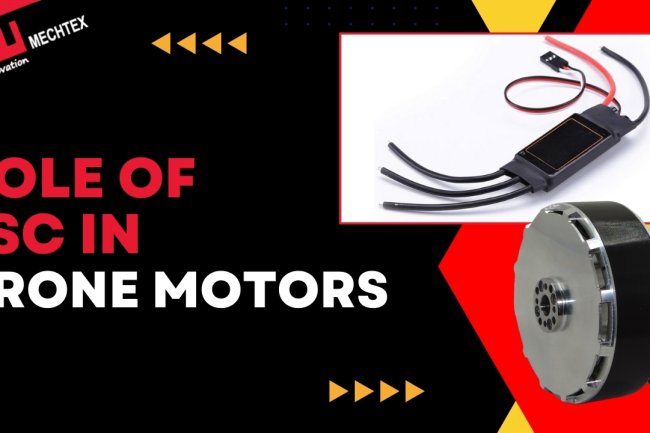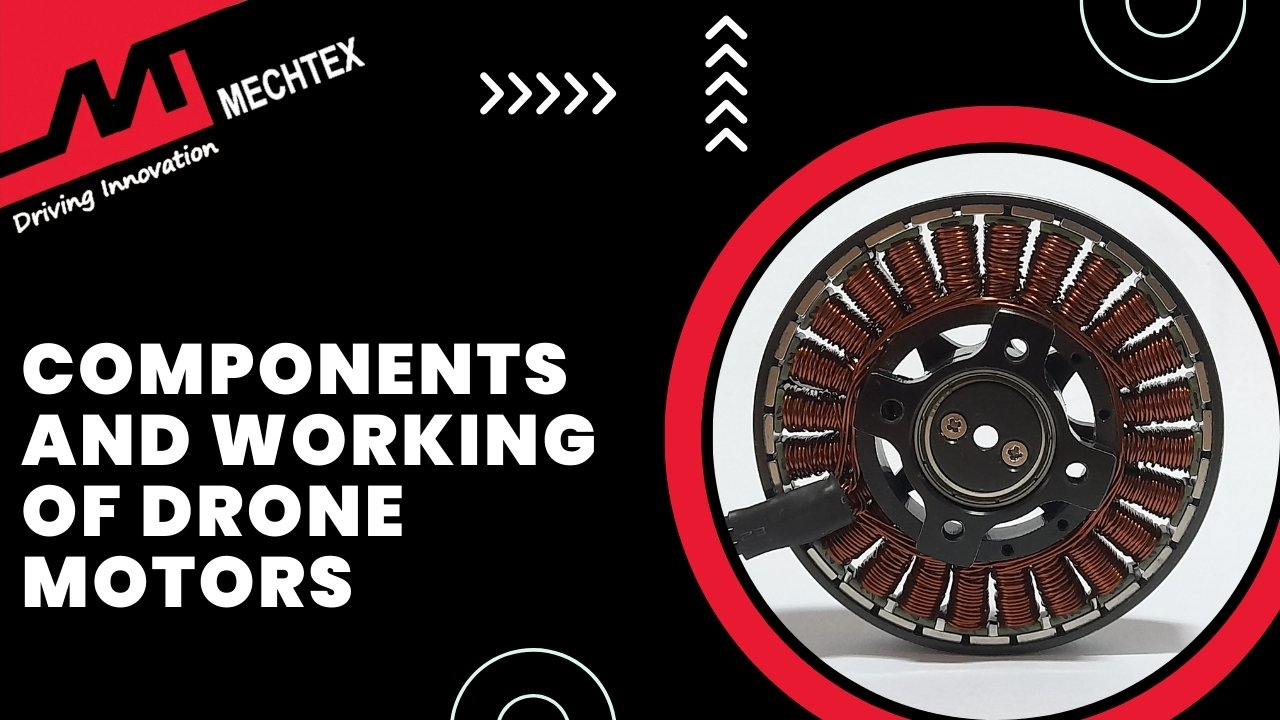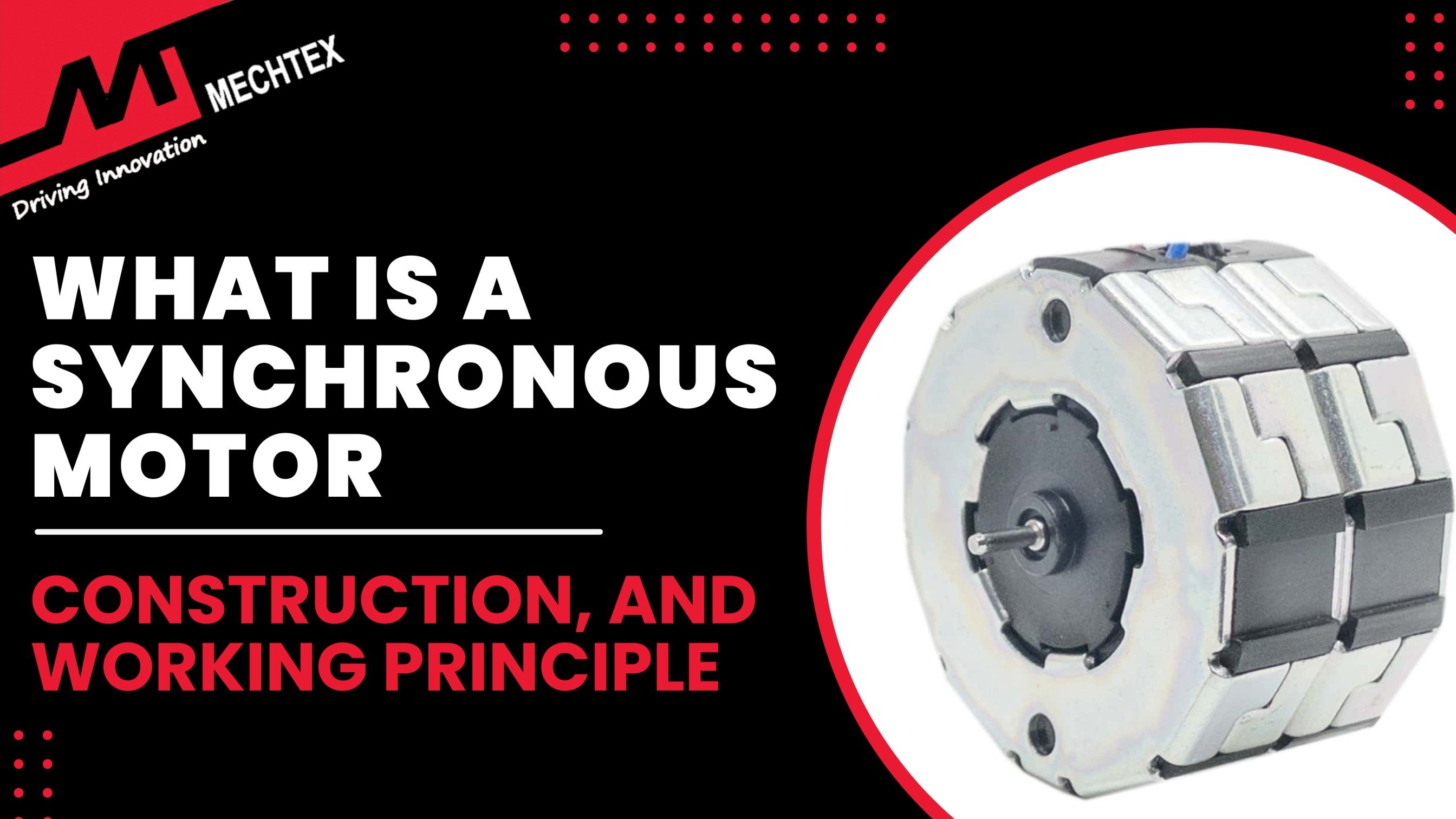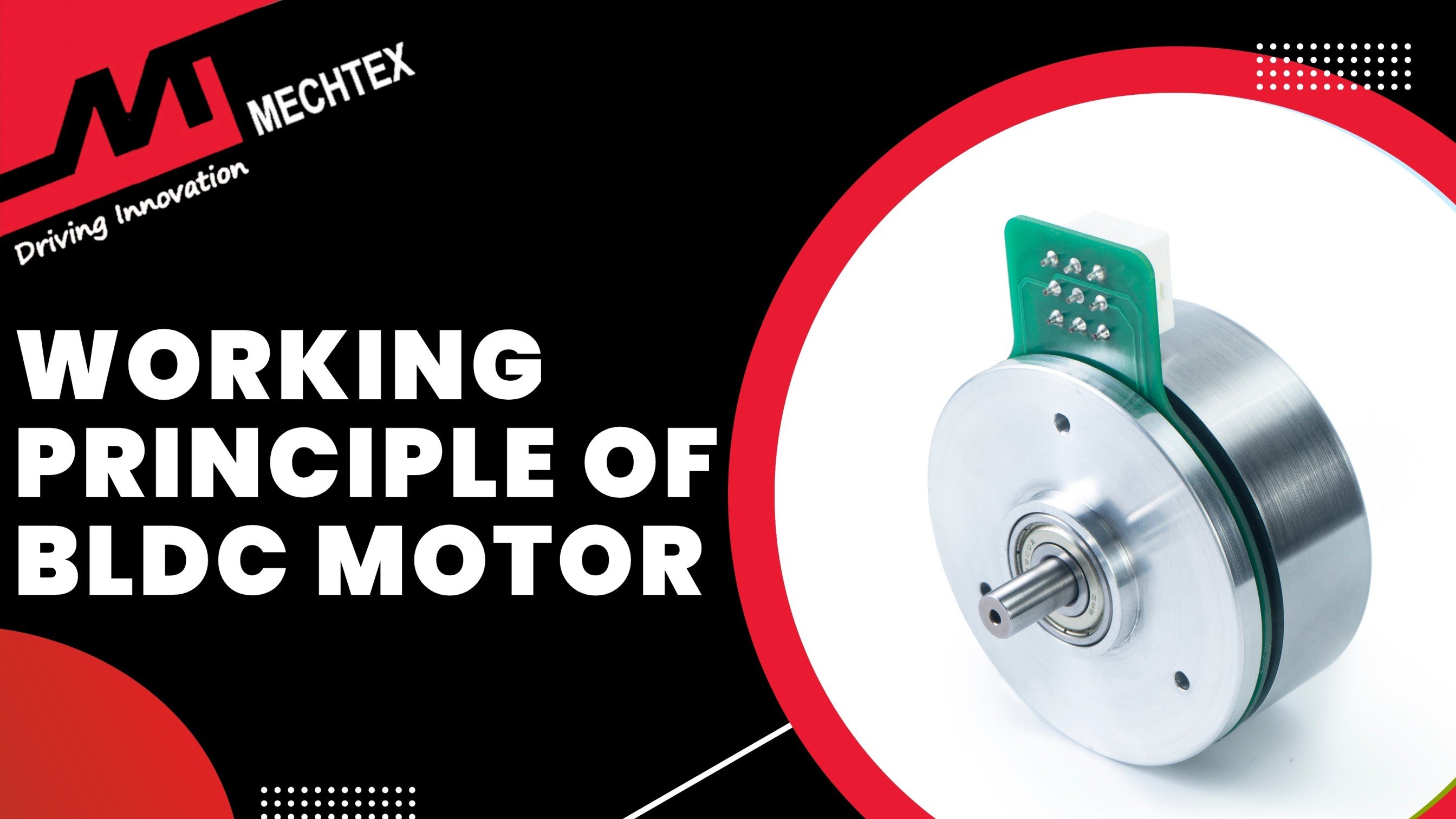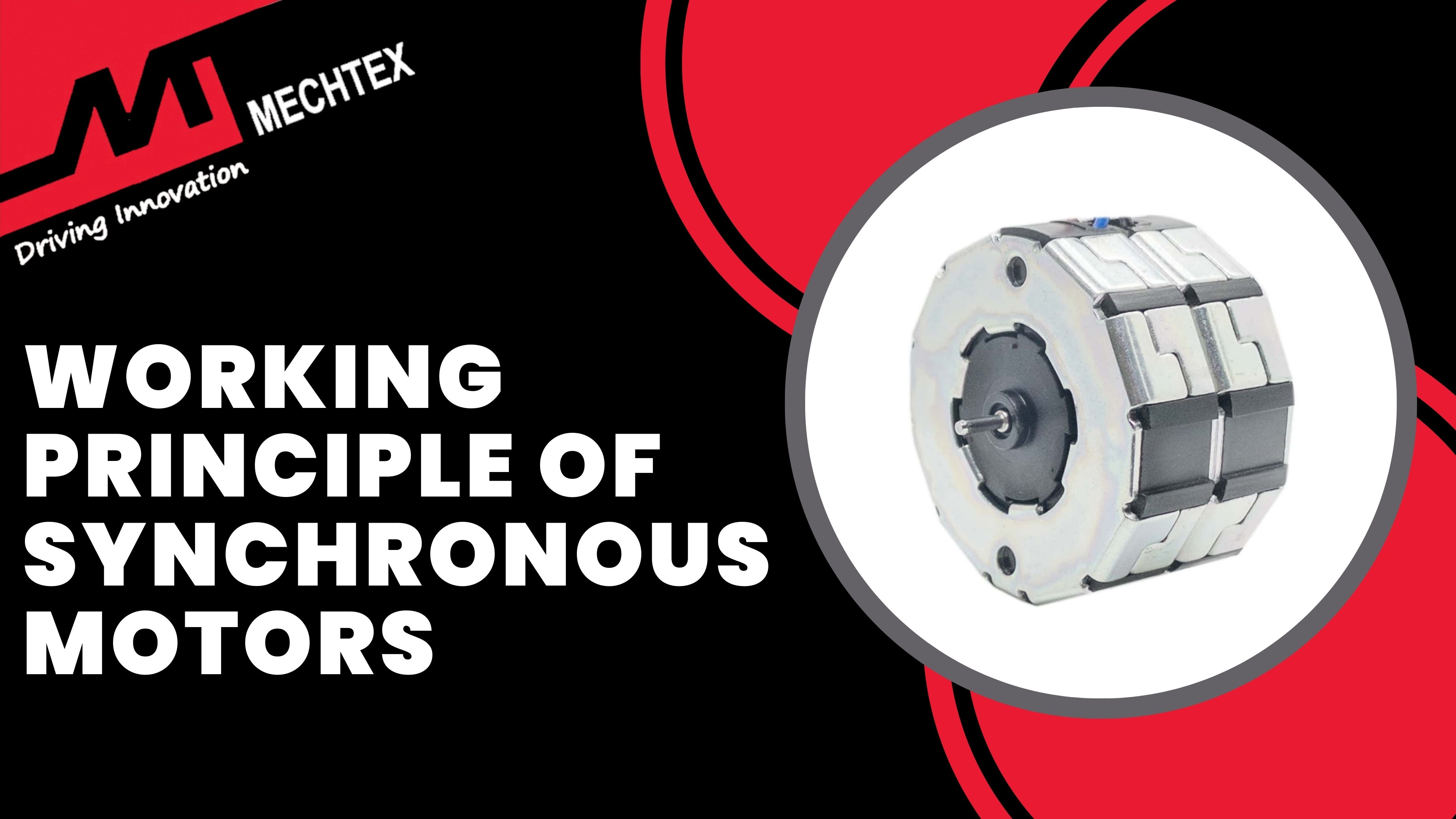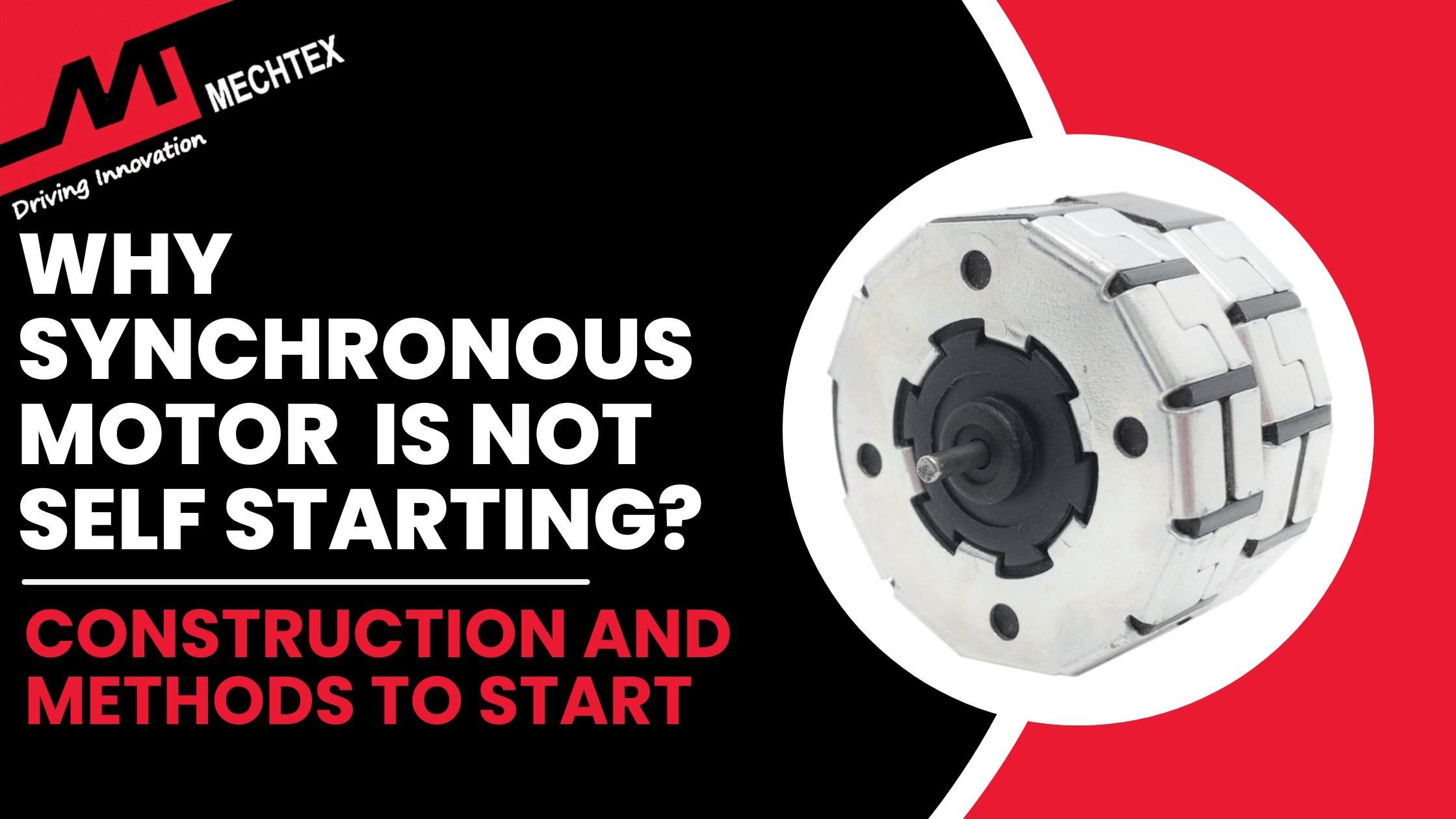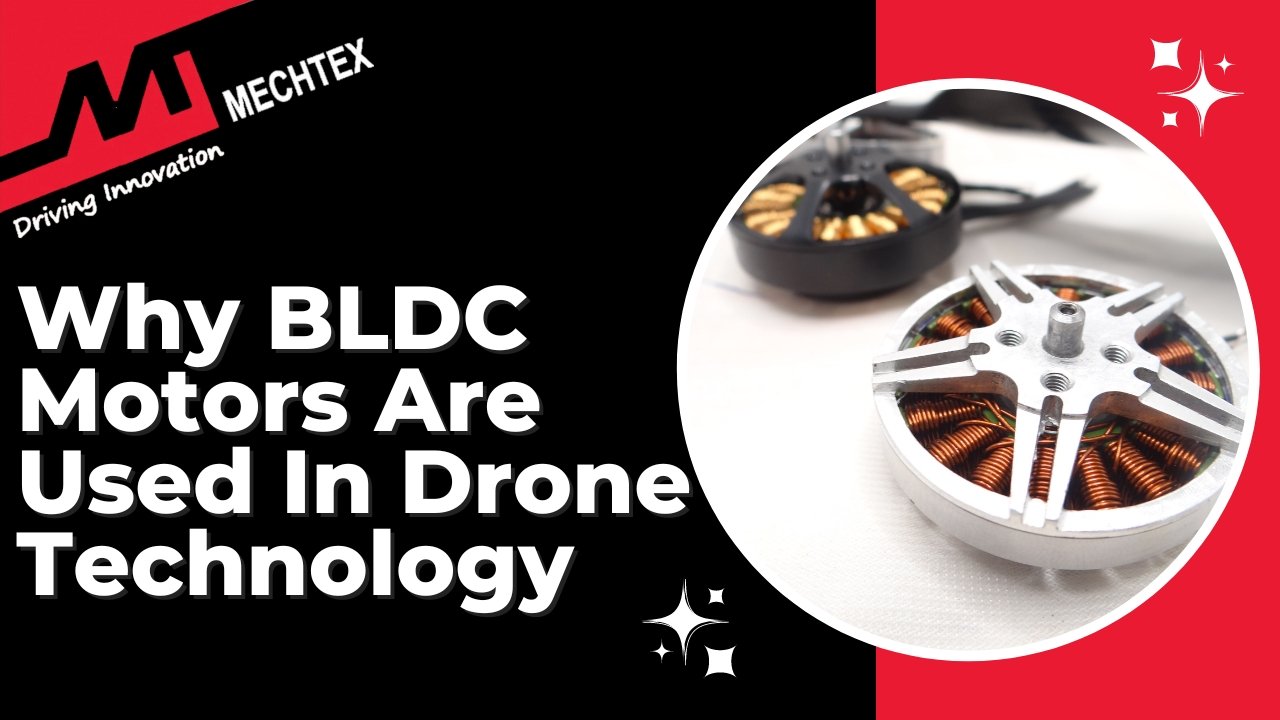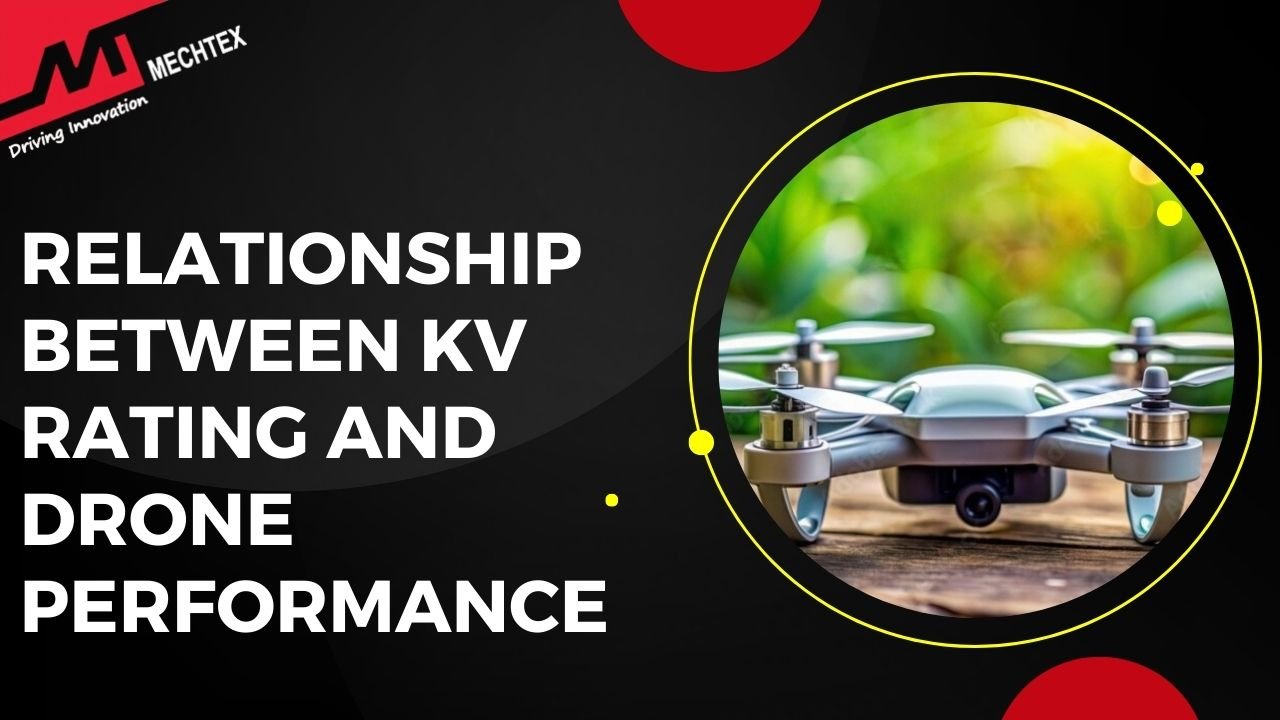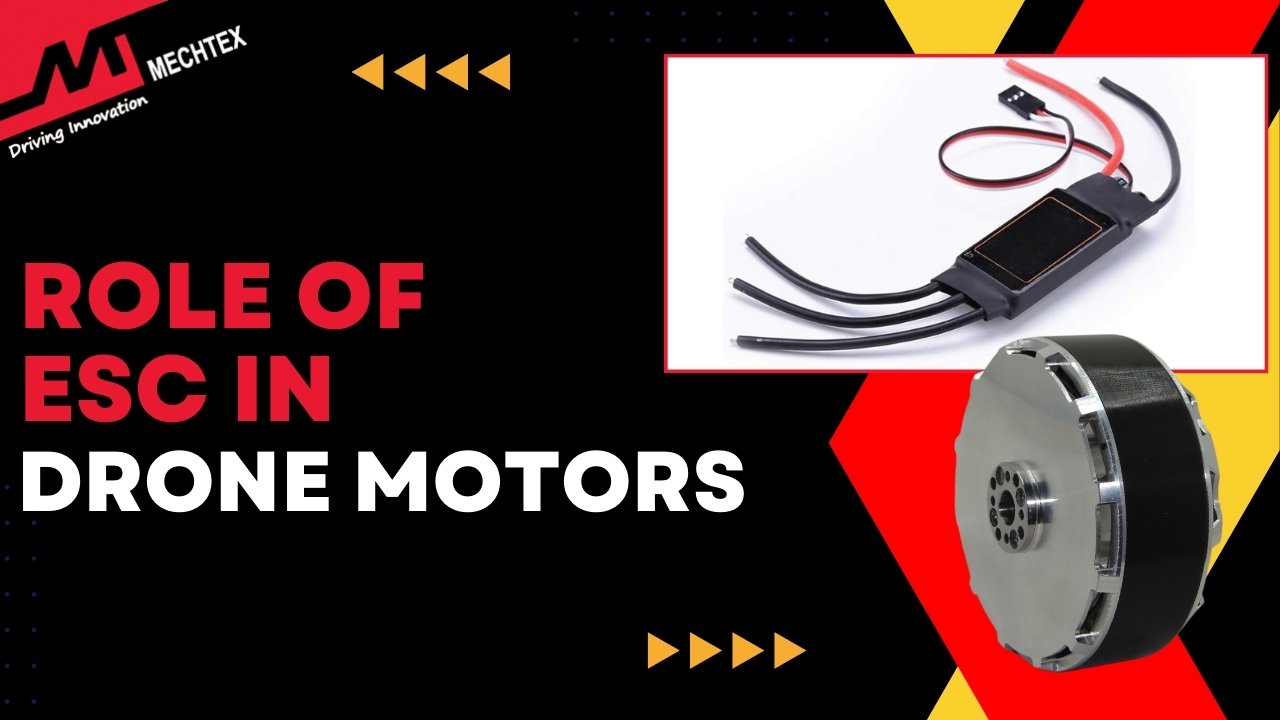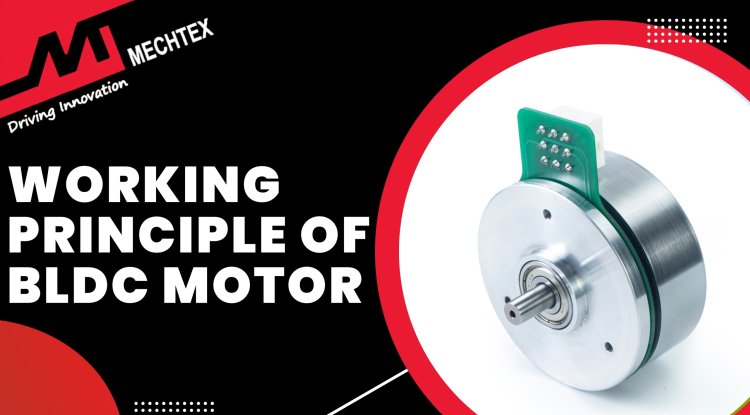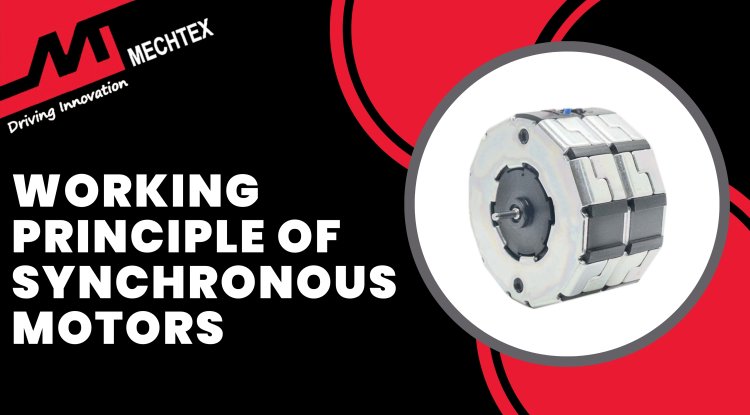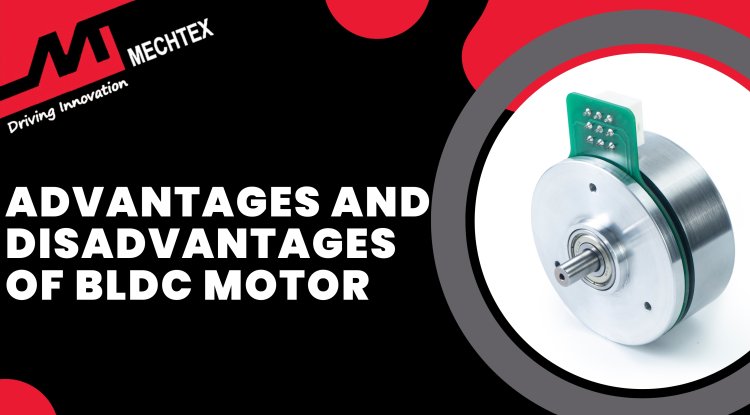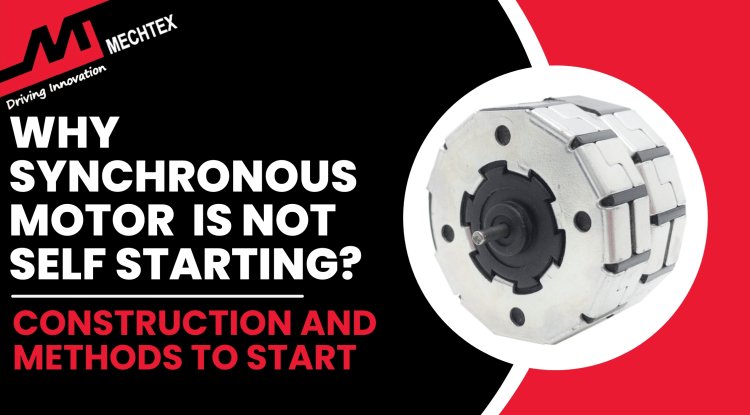Understanding Torque and Thrust in Drone Motor
Torque is the rotational force a drone motor generates to spin the propeller. Thrust is the force that counteracts gravity and propels the drone upward or forward. These fundamentals help to optimise drone performance and manoeuvrability.
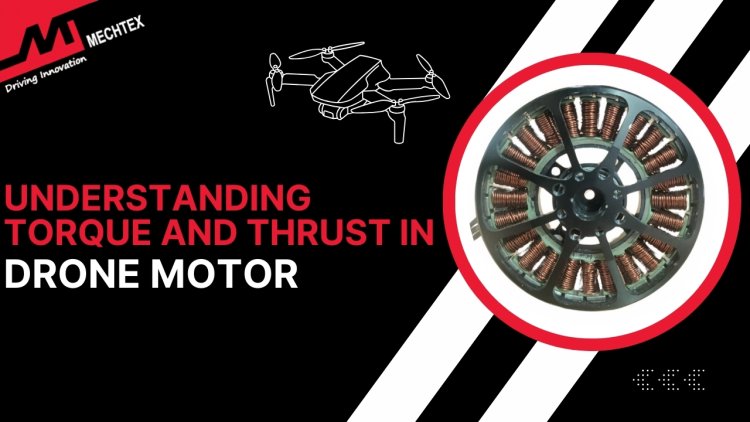
Drone motors play a crucial role in flight dynamics, where torque and thrust are key parameters determining the drone's performance and manoeuvrability. Understanding the interplay between these two forces is crucial for designing drones with enhanced stability, speed, and precision.
In this blog, we will delve into the principles of torque and thrust, their relationship, and their collective impact on drone manoeuvrability.
What is a Drone Motor?
A drone motor is a key component that powers the propellers of a drone by converting electrical energy into mechanical energy to generate lift and enable movements. These motors are brushless motors for drones due to their efficiency, high torque-to-weight ratio, and low maintenance requirements. Each motor operates with the help of an electronic speed controller (ESC) to regulate the motors speed, direction and power consumption.
Drone motors work on the basis of electromagnetic principles. When electric current flows through the motor’s winding, it generates a magnetic field that interacts with permanent magnets available in the rotor. This interaction causes the rotor to spin and attach to the propeller.
Watch the YouTube Video by "The Engineering Mindset" to learn about the working of brushless DC drone motors.
High-quality drone motors are designed with precision-balanced rotors and low internal resistance to optimise performance and extend the drone’s life. Factors like the number of poles in the motor, winding configurations, and cooling efficiency further influence motor performance.
Also Read
A Comprehensive Guide on Drone Motors| What they are, their types, and their applications
Basics of Torque in Drone Motors
Torque is a fundamental concept in drone motors representing the rotational force a motor generates to spin the propeller. It directly impacts the drone’s ability to lift, manoeuvre and stabilise under various conditions. It is measured in Newton metres (Nm) and determines how effectively a brushless motor for drone can overcome resistance and maintain propeller speed.
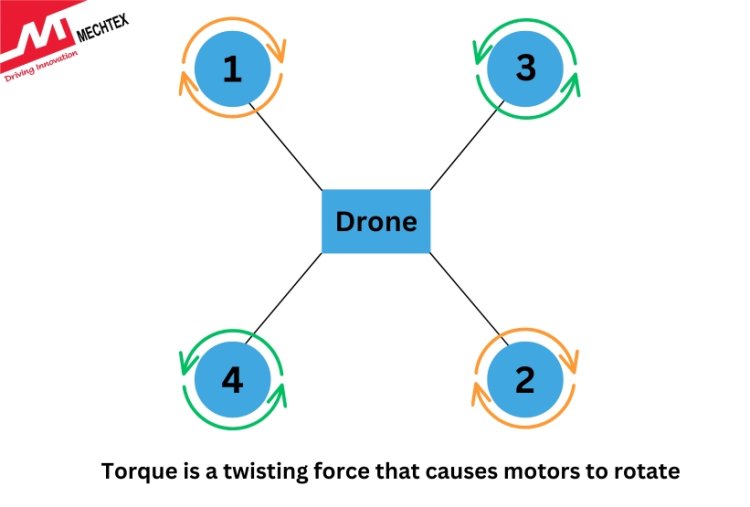
Torque is calculated using the following formula:
Torque (T) = Power (P) / Angular Velocity (ω)
Here,
T is torque in Newton-metres (Nm)
P is motor power in watts
ω is the angular velocity in radians per second.
Torque’s Role in Drone Performance
- Lift and Thrust
Torque drives the propellers and generates the thrust needed to lift the drone. High-torque drone motors can spin large propellers and produce greater thrust for heavy payloads or high-altitude operations.
- Stability and Control
Torque ensures precise adjustments in propeller speed and maintains stability during flight. In multi-rotor drones, balancing torque across all drone motors is vital for executing yaw, pitch, and roll manoeuvres.
- Efficiency
Torque helps maximise energy efficiency by ensuring drone motors operate at optimal performance. A mismatch in torque and propeller size leads to wastage of energy or overheating.
Selecting motors with the right torque specification is critical for balancing thrust, speed, and efficiency, whether for payload-heavy drones, racing drones, or endurance-focused UAVs. Understanding torque ensures a drone meets its intended performance goals effectively.
Basics of Thrust in Drone Motors
Thrust in the drone motor is the force generated to counteract gravity and propel the drone upward or forward. It is the fundamental concept in a drone’s operation to determine its ability to lift payloads, perform manoeuvres, and maintain stable flight.
The formula to calculate thrust in a drone motor is
T = CT ⋅ ρ ⋅ A ⋅ υ²
Where:
- T= Thrust (N)
- CT = Thrust coefficient (dimensionless, specific to the propeller)
- ρ = Air density (kg/m³)
- A = Propeller disk area (A= πr²)
- υ²= Propeller velocity (m/s)
Thrust’s Role in Drone Performance
Thrust directly influences the drone’s ability to lift weights, including frames, electronics, and other payloads. For stable flight, the total thrust from all drone motors must exceed the drone’s total weight. During hovering, thrust matches the gravitational force, while in forward motion or climbing, additional thrust is required.
Adequate thrust ensures:
- Payload Capacity
Allow drones to carry cameras, sensors, cargo and other payloads.
- Manoeuvrability
Enhance the drone’s agility during quick and altitude changes.
- Stability
Balances all forces and weight of the motor to control flight.
- Efficiency
Improve flight duration by optimising drone motors power and energy consumption.
Understanding thrust is vital for selecting motors and propellers to achieve the desired performance metrics for any drone application.
The Relationship Between Torque and Thrust
Torque and thrust are crucial in drone motors, forming the basis of propulsion and stability. Their interplay involves the following expanded aspects:
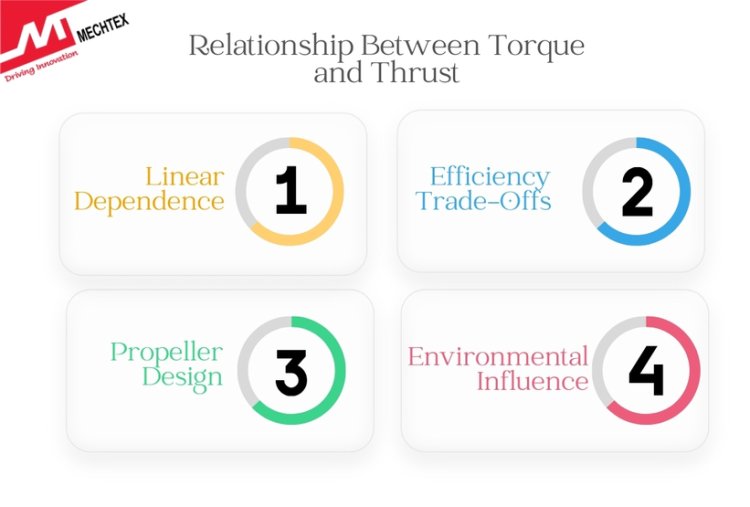
- Linear Dependence
Torque directly determines the rotational speed of the propellers. As the torque increases, RPM rises and generates higher thrust which is crucial for the lift and forward movement of drones.
- Efficiency Trade-Offs
High torque at low RPM ensures steady thrust and is beneficial for hovering and stable operations. On the other hand, high RPM with low torque maximises thrust which is crucial for agile movements and quick acceleration.
- Propeller Design
The Propeller's size influences the torque and thrust balance of the brushless DC motor for drones. Large propellers demand more torque but require great thrust too suitable for heavy-lift drones. Smaller propellers need less torque and rotate faster, which is ideal for high-speed drones.
- Environmental Influence
Factors like air density and altitude impact the torque and thrust of the drone motor. At higher altitudes, low air density diminishes thrust, and motors are required to generate higher torque to maintain performance and energy efficiency.
Torque and Thrust Curve Analysis
The torque and thrust curves are key to understanding BLDC motors performance in drones. At low RPM torque is high because aerodynamic drag is minimal which allows the drone motor to handle load effectively. However, thrust is very low at low speed since it is a square of RPM.
As RPM increases thrust grows rapidly due to the greater airflow and leads to more lift and propulsion. At the same time, torque decreases because of the rise of aerodynamics and loss of efficiency.
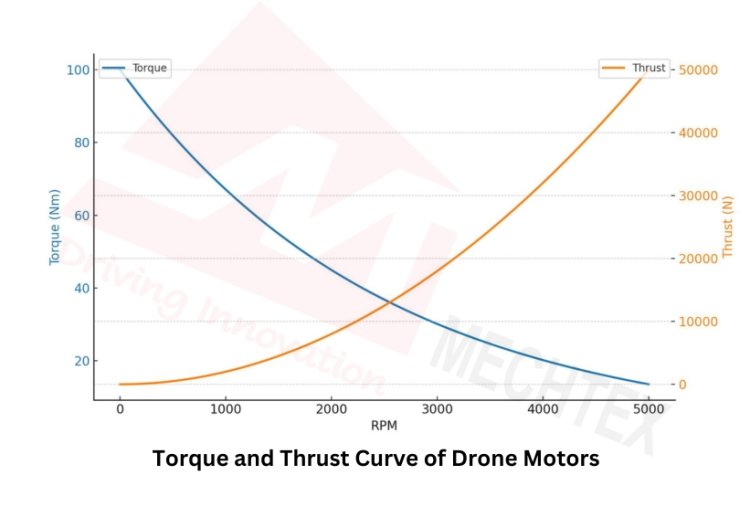
Eventually, the drone motor reaches a point where aerodynamic drag equals the torque and marks the maximum sustainable speed. Beyond this point, the drone motor cannot provide enough torque to overcome drag and limit performance. This balance helps in choosing the right drone motor with a propeller for drone applications.
Impact of Torque and Thrust on Drone Manoeuvrability
Torque and thrust are fundamental forces governing drone manoeuvrability. Their interplay influences the drone's flight dynamics, stability, and responsiveness. Following are the impacts:
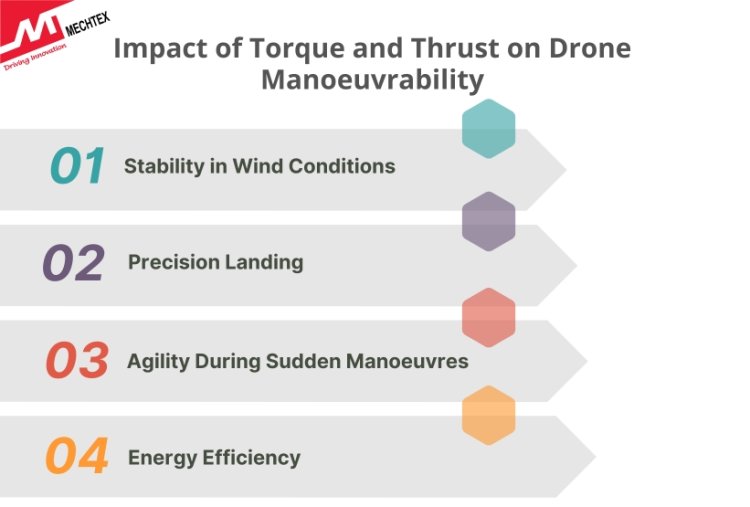
- Stability in Wind Conditions
A high-torque drone motor enhances the drone’s ability to resist lateral and vertical displacement caused by winds. The flight controllers compensate for disturbances by dynamically adjusting the motor’s speed. Additionally, optimal thrust ensures the drone maintains its altitude and trajectory despite external forces.
- Precision Landing
Balancing torque and thrust during landing ensures a steady and controlled reduction in altitude. The flight controller uses sensor feedback to adjust the drone motor’s speed to prevent sudden drop and drift. This precision is critical for safe landings on small or uneven surfaces, such as rooftops or docking stations.
- Agility During Sudden Manoeuvres
Quick torque and thrust adjustments across drone motors enable drones to perform sharp turns, flips, and rapid acceleration. This agility is important in racing drones, navigation drones, or emergency drones where instantaneous direction changes are necessary.
- Energy Efficiency
Effective torque and thrust management minimises unnecessary power consumption. By balancing the drone motor’s output during hover, the drone conserves battery life, extending operational time. Energy-efficient manoeuvrability also reduces motor wear and ensures consistent performance over time.
Conclusion
Understanding torque and thrust is fundamental to optimising drone performance and manoeuvrability. By carefully balancing these forces, drone manufacturers can create tailored models for specific applications, from agile racing drones to stable survey platforms. Embracing advanced motor technologies and aerodynamic designs ensures that torque and thrust work harmoniously to achieve unmatched flight efficiency and precision.
